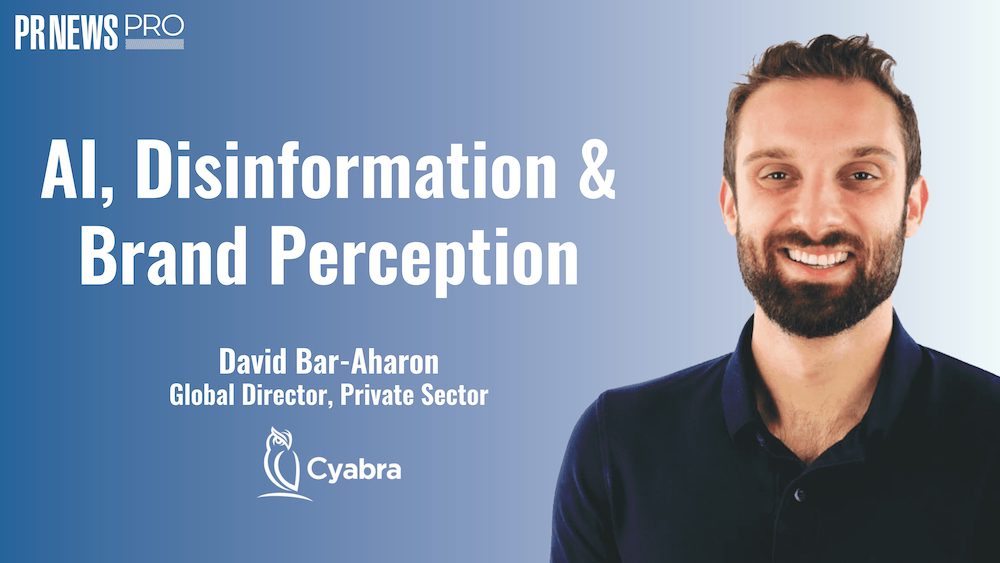A little over a month ago during Daily Deal Summit West, Brian Lee took the stage for a fireside chat. For those in the LA startup scene, Brian has taken on almost cult like status. Not many people have had the success to disrupt an industry and create a billion dollar business. Even fewer have the likelihood of doing so on round two. Brian did it first with Legal Zoom, the originator of the online self-service legal documents business. For his next go around, he yet again created an industry, this time in the most unlikely of categories – fashion and apparel. It’s hard to imagine someone going from legal documents to selling women’s shoes, but that’s exactly what he started after an apocryphal tale about wanting to better understand his wife’s love for shoes.
At the time, we knew only the vaguest bits of the behemoth that is Shoedazzle. We sort of understood that it is a subscription based business where the company curates a virtual showroom for its users and mails to them a pair of shoes as part of the membership. The business has since expanded to include accessories and handbags, but the price point of $39.95 per month / per item has not. Equally interesting for the uninitiated, Shoedazzle makes all of their own goods, and everything comes branded under “Dazzle.” The production piece seemed amazing, but it wasn’t until today that we began to appreciate even further the benefits of both owning the production process and the subscription based business. The performance marketer in us just kept focusing on a mass appeal product that had a potential lifetime value presumably in the hundreds of dollars.
Two things happened next. First, that moment of intrigue with Shoedazzle primed us to start looking for other similar businesses. Second, we started to uncover a whole new world of fashion, tech, and customer acquisition that we decided to put together a small event on the subject – Assembled Fashion. The event takes place on the Saturday after ad:tech, so it is unlikely that many from our industry will stick around to experience it. Those that do attend, will find themselves in a world that on one hand makes intuitive sense from a direct marketer’s point of view but on another will seem completely foreign. Many will have businesses that could become offers, but they would need time to understand growing their business through performance-based customer acquisition.
Fashion, the term we use because it sounds sexy although industry folks tend to use “apparel,” couldn’t have been further from our radar, but it’s hard not to become fascinated by the immense innovation and disruption in the space. As mentioned above, some of fashion – from the flash sales, direct to retail, and subscription businesses will become the next hot CPA offers. And for many, just knowing that is enough, but understanding how they came about means spotting the next opportunities sooner – whether that is from the angle of getting them as offers or trying to do what Brian Lee did and create the category and offer. So what has come together here?
Flash Sales / Private Sales
In the United States, Gilt Groupe introduced and popularized the flash sale model. This one looks like a daily deal play to some degree in that it often revolves around an email sign-up. That sign-up enables membership into a service that creates for its members the chance to purchase typically physical goods, like apparel, at prices that are often heavily discounted. Inventory is typically limited, available only to members, and available for a short duration. The model works for higher end goods and lower end goods and has been applied to specific niches, e.g., new mom’s as well as different sectors like travel. Like daily deals, these have become a distribution channel for suppliers, but the model has its limitations and often cannot attract the most premium brands for whom discounting is not allowed. Flash and private sales were the first real iteration on the straightforward ecommerce approach.
Direct to Consumer
I felt like the last person to ever hear of Bonobos or Warby Parker. The former sounded like an instrument and the latter a professional services firm of some sort. Instead, they are two of the hottest brands to not have traditional retail stores. In the future, they might, but they have reached scale without having to. Not to diminish what they’ve done, but what makes them that much more interesting is that they have ushered in the new era of infomercials. They are everything that infomercials are, only better. They have high margins and pay no middle men, but unlike traditional infomercial products, people really like the new breed of direct to consumer. Referral marketing and social media penetration have given them the same reach as TV but with lower acquisition costs. They also enjoy higher average order size and true fans.
E-commerce as a Subscription
This is the category that Shoedazzle created, and since their launch an incredible variety of firms have entered the space. In many ways, it does not differ from the standard continuity, and many in the performance space would gravitate towards this, both from an advertiser perspective or internal offer creation. The chief difference between these businesses and those that made the cpa space infamous are their focus on engagement instead of breakage. They want an active customer, one who looks forward to the product. They employ huge teams of customer service people not to deal with complaints but to create compliments. It’s a great model for areas where curation and discovery could go very well. In fact, the daily deal space could have started this way.
Discovery
A smaller but equally interesting piece are embodied in startups like Fashism.com that enable a new form of discovery. These discovery sites only exist as a result of the adoption of social media and mobile phones. They are not technology plays so much as they are technology enabled plays. Some want to make sure that people can bookmark fashions they like; others try to highlight designers / styles you might not know about; the more social make getting dressed a more communal affair, much as it would be if two friends were in the room together. The feedback and inspiration loop creates new shopping opportunities.
Co-Creation
We could say that Cafepress sort of started the trend by allowing people to make their own. The co-creation trend has advanced self-service design by instituting social / game mechanics. In these businesses, people submit ideas, and the community votes on the winners. Those that win become production pieces.
 Network
Network

